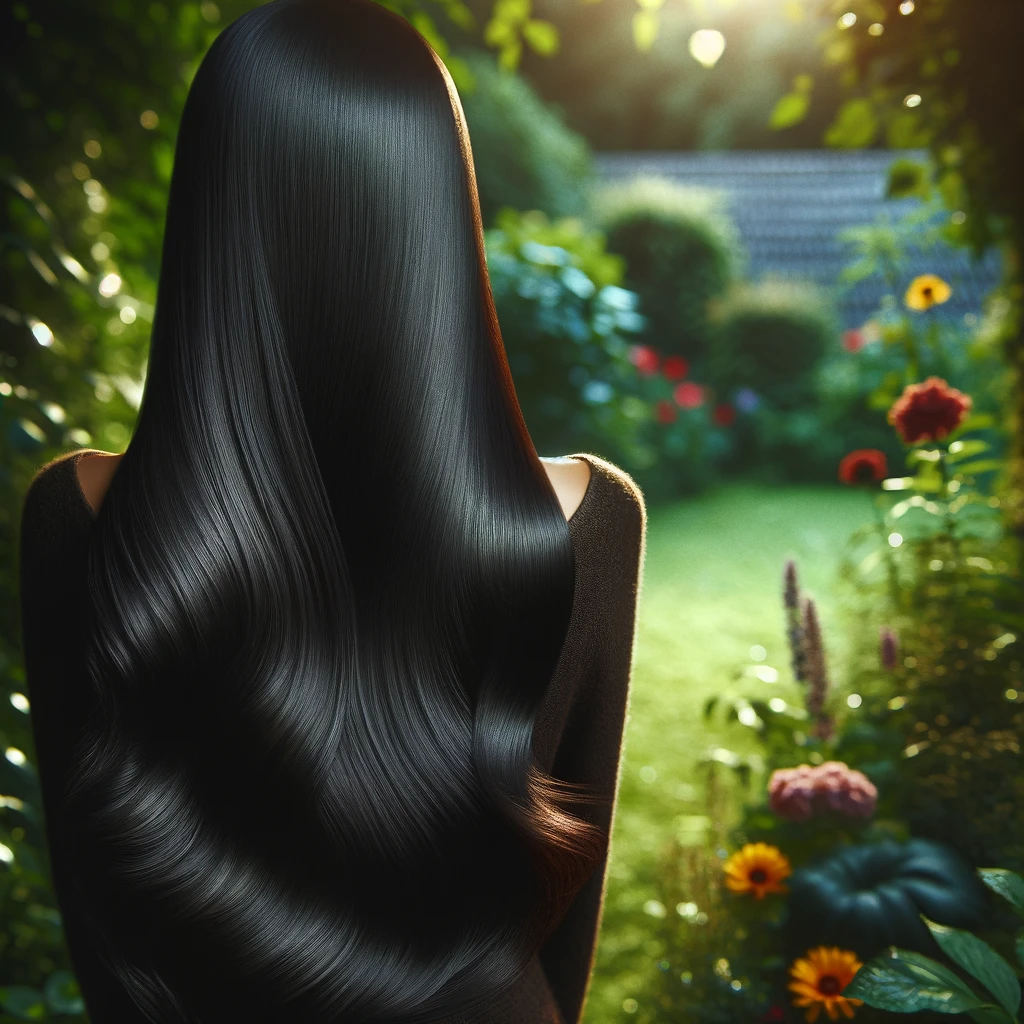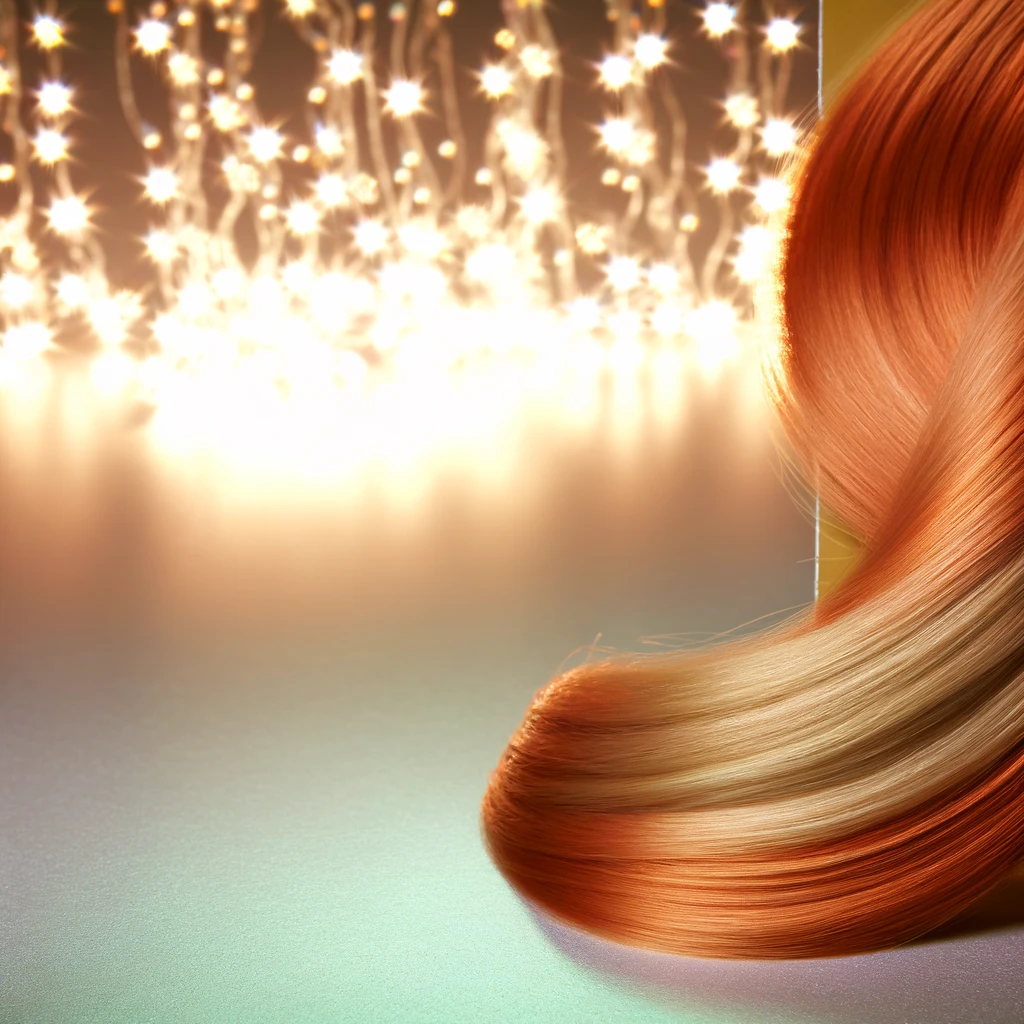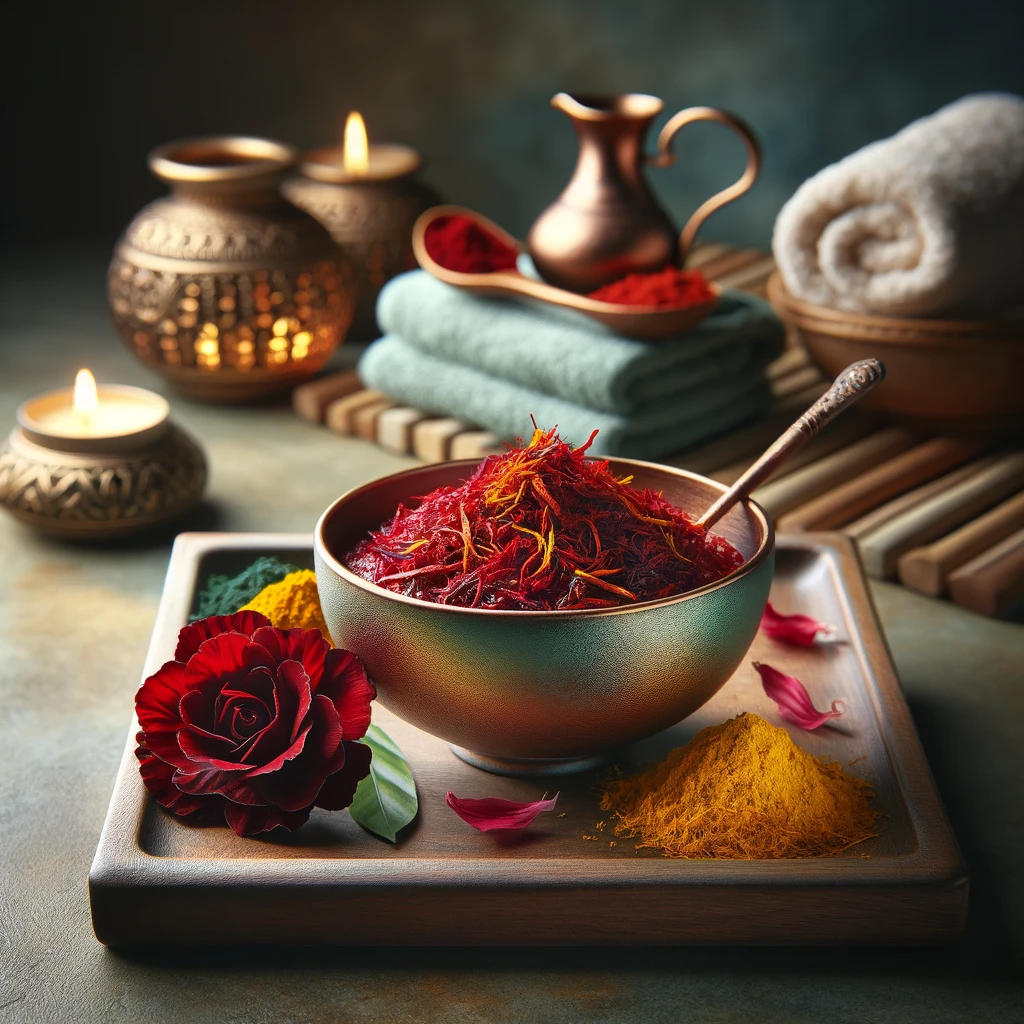
The natural hair color movement seeks alternatives to chemical dyes that can offer color enhancement without compromising hair health. Cloves, with their rich antioxidant and color-enhancing properties, present an intriguing option. Whether used alone or mixed with henna, cloves can impart a warm, subtle tone to the hair, making it a perfect solution for those looking for a gentle color boost or to cover up grays naturally.
Things Needed
- 15 clove sticks
- 1 ½ cups of warm water
- 1 cup of red henna (optional)
- A pot for warming water
- A strainer
- A bowl for mixing
- Gloves (if using henna)
- A shower cap (if using henna)
Steps to Prepare
Clove Water Preparation
- Warm the Water: Begin by warming 1 ½ cups of water in a pot and add the clove sticks. Allow the mixture to simmer for 20-30 minutes. This process extracts the essence and color of the cloves.
- Cool and Strain: After simmering, remove the pot from the heat and let the clove water cool to a comfortable temperature. Strain the mixture to remove the clove sticks, retaining the infused water for application.
Clove-Henna Mixture Preparation
- Prepare Clove Water: Follow the same steps as above to prepare your clove-infused water.
- Mix with Henna: In a separate bowl, gradually add the clove water to 1 cup of red henna, stirring continuously until you achieve a smooth, consistent paste. Allow the mixture to sit for an hour to enhance the dye release from the henna.
How to Apply
Clove Water Application
- Apply After Shampooing: After shampooing and conditioning your hair, rinse it thoroughly and apply the clove water. Gently massage it into your scalp and hair, ensuring even coverage.
Clove-Henna Mixture Application
- Apply to Clean Hair: With gloves on to avoid staining your hands, apply the clove-henna mixture to your hair. Use a brush or your fingers to ensure the mixture covers all strands evenly.
- Cover and Wait: Wrap your hair with a shower cap and wait for 1-3 hours, depending on the desired intensity of the color.
- Rinse: Rinse your hair thoroughly with water until it runs clear. Avoid shampooing immediately to allow the color to set.
Benefits
- Natural Coloring: Both methods provide a natural way to enhance hair color, with cloves offering a subtle tint and henna a more pronounced hue.
- Antioxidant Properties: Cloves are rich in antioxidants, which can help protect the scalp and hair from environmental damage.
- Conditioning: Henna naturally conditions hair, leaving it smoother and stronger.
Precautions
- Allergy Test: Conduct a patch test, especially if you’re using henna, to ensure you don’t have an allergic reaction.
- Stain Prevention: Wear old clothes and use gloves when handling henna to avoid stains.
Tips
- Enhance Color: For a stronger color payoff, consider increasing the simmering time of cloves in water.
- Maintenance: Reapply the treatment every 2-4 weeks to maintain color intensity and cover new growth.
- Hydration: Follow up with a deep conditioner or hair mask to keep your hair hydrated, especially if using the henna mixture.
Conclusion
Using cloves for natural hair coloring offers a versatile and health-conscious alternative to traditional dyes. Whether you’re seeking a slight tint or a deeper color transformation by incorporating henna, this method respects the integrity of your hair while providing the benefits of natural ingredients. By embracing the warmth and richness of cloves, individuals can enjoy a subtle enhancement to their natural hair color, along with the therapeutic benefits that come from using spices in beauty treatments.



